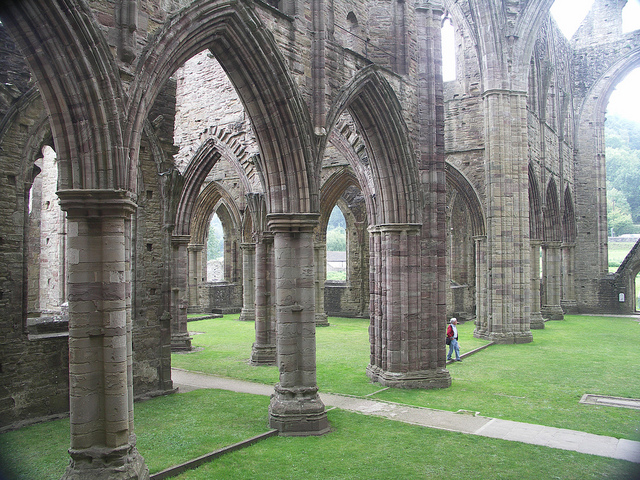I wish that could be me.
For five centuries the Colosseum nourished artists and writers, but it was precisely the features which conflicted with the original ‘truth’ of the Colosseum which triggered their creativity. The black Martyrs’ Cross, on whose steps sat Daisy Miller, Chateaubriand and Pauline de Beaumont. Moonlit solitude, and the owl’s cry heard by Byron. The spectral smoke which drifted away to reveal Cellini’s demons, Goethe’s geometries and Poe’s dizzying vortex of Eld. The hermit who grew his hay; William Beckford’s reverie in the cypresses; and Deakin’s Christ’s Thorn. All have gone, and the Colosseum is extinct. Today it is the most monumental bathos in Europe: a bald, dead and bare circle of stones. There are no shadows, no sands, no echoes and if a single flower blooms in a crevice it is sprayed with weed-killer. The monument is open to the public from nine-thirty a.m. to six p.m., when the gates are locked. At nightfall one day in the 1820s Stendhal watched an Englishman ride his horse through the deserted arena. I wish that could be me.
From:
Woodward, Christopher. In Ruins. London: Vintage, 2001. page 30f.
Yes, once I make it to the colosseum, that photo is totally getting replaced. Still – different ruin, same phenomenon.

Leave a Reply